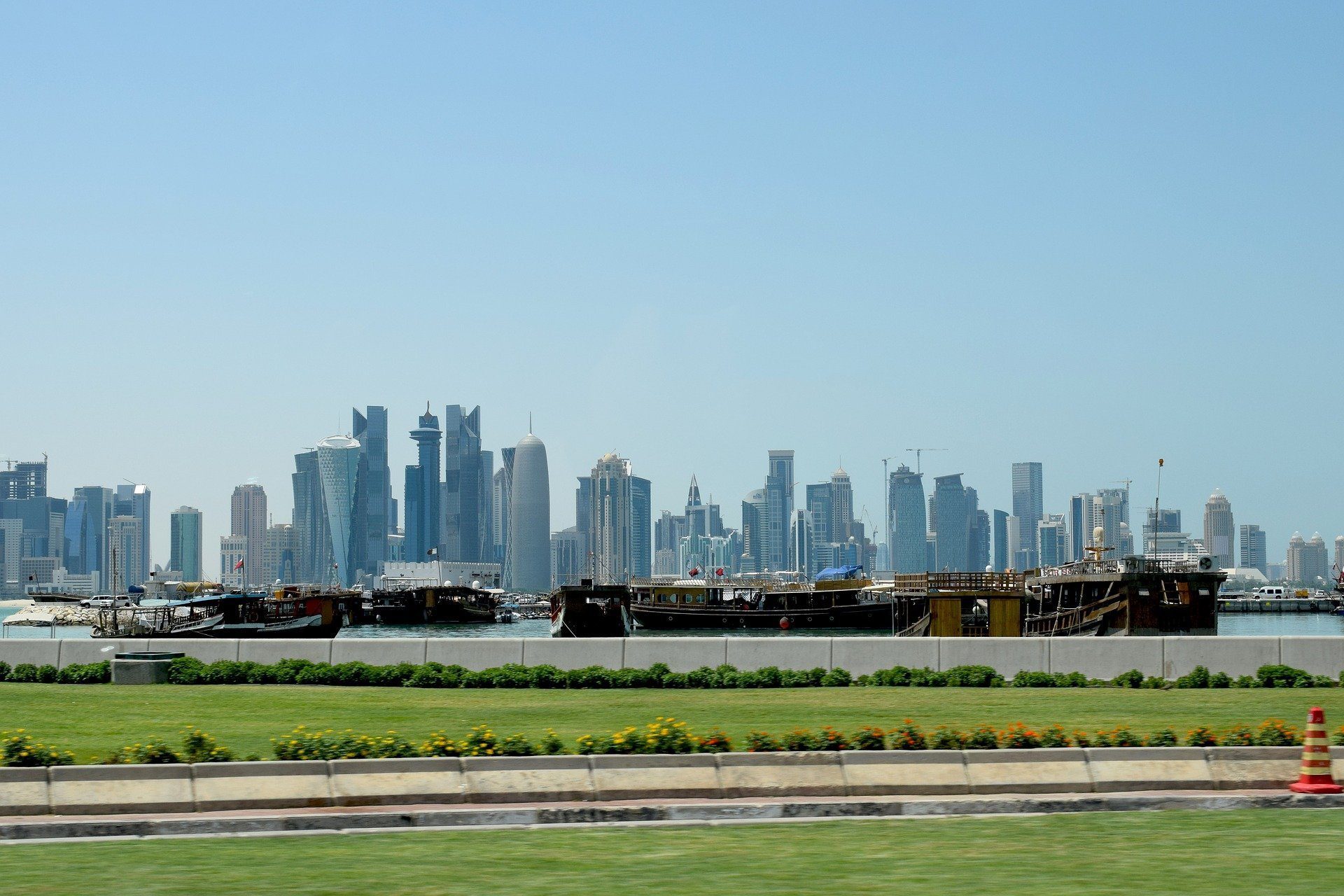With COVID-19 restrictions slowly lifting, Qatar’s non-energy private sector economy continued to expand in September despite economic struggles, according to the latest Purchasing Managers’ Index™ (PMI™) survey.
Qatar Financial Center’s [QFC] latest survey said output and new business continued to register growth last month in Qatar, with firms fully operating after months of partial lockdown.
The latest figures showed great improvement in the country’s business conditions, registering a topline PMI of 51.4 in September – third-highest figure in over two years – down from 57.3 the previous month.
“PMI survey data for the third quarter are signalling a strong rebound of the Qatari economy as lockdown measures introduced to fight COVID-19 have been loosened moving through the second half of 2020,” said Sheikha Alanoud bint Hamad Al Thani, Managing Director Business Development, QFC Authority.
“The recent trend in the data are consistent with a decline in GDP of 4.6% in the second quarter, followed by a strong rebound of 4.3% in the third quarter,”
The figures are compiled from survey responses from a panel of around 400 private sector companies in Qatar to ensure accuracy and gain a strong insight into the country’s economic growth indicators. The panel covers the manufacturing, construction, wholesale, retail, and services sectors.
The PMI has trended at 49.5 since the survey began in April 2017. However, over the third quarter of this year, the PMI averaged 56.2, recording the highest quarterly average to date by far.
Read more: New financial strategy plan to ‘diversify, strengthen’ Qatar’s economy.
Wholesale & retail reported the strongest-performing area in the third quarter, recording 58.4, followed by construction (57.7), manufacturing (57.6) and services (52.1).
According to the report, Qatar’s economic conditions continued to register strong expansion, with little to no delays.
“Month-on-month growth rates for output and new business both eased further in September following record expansions in July, but the respective indices remained among the highest on record. The new orders index was the joint-third highest to date,” the report read.
Fortunately, following July’s record inflation, the data for September indicated further improvement in suppliers’ delivery times and lower average input prices. By examining all the figures, the economy seems to show a return to normality.
The report also reported a stable trend in the workforce.
“The employment index rose to a six-month high in September and was running in line with its long-run average,” the report added.
“Firms also supported workloads by increasing their purchasing activity further, though this was insufficient to prevent a decline in input inventories.”
Follow Doha News on Twitter, Instagram, Facebook and Youtube







